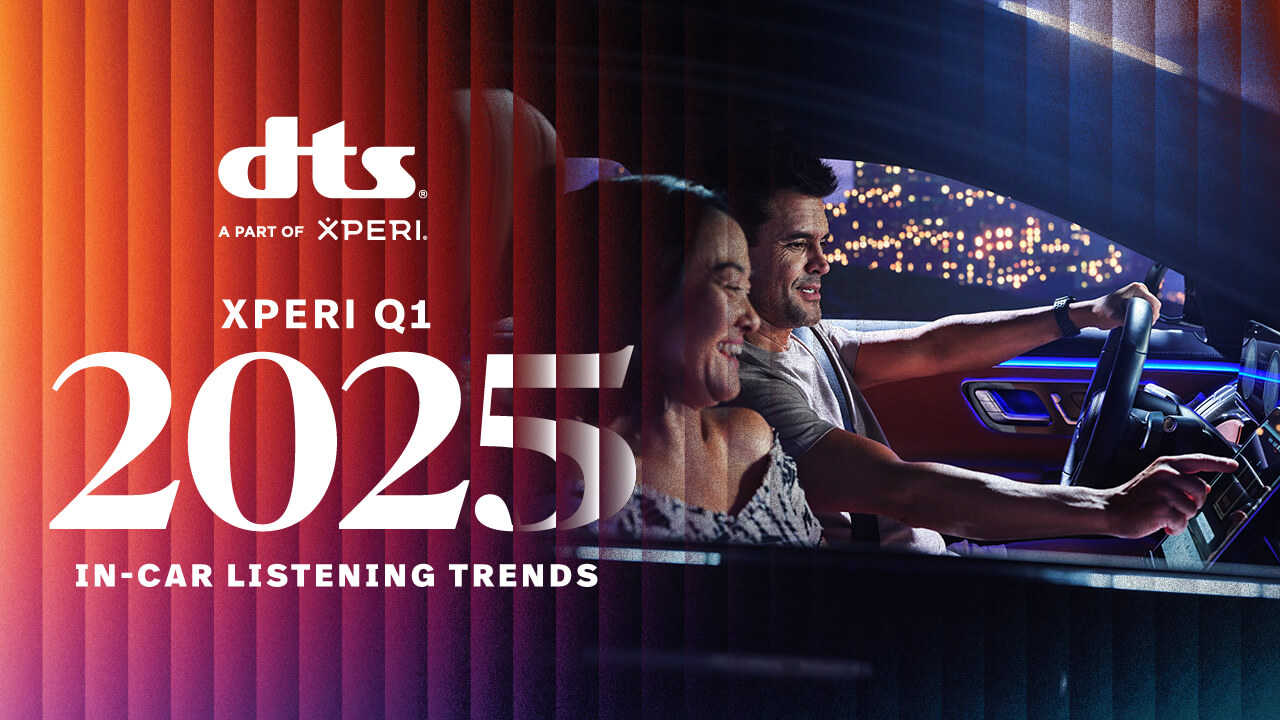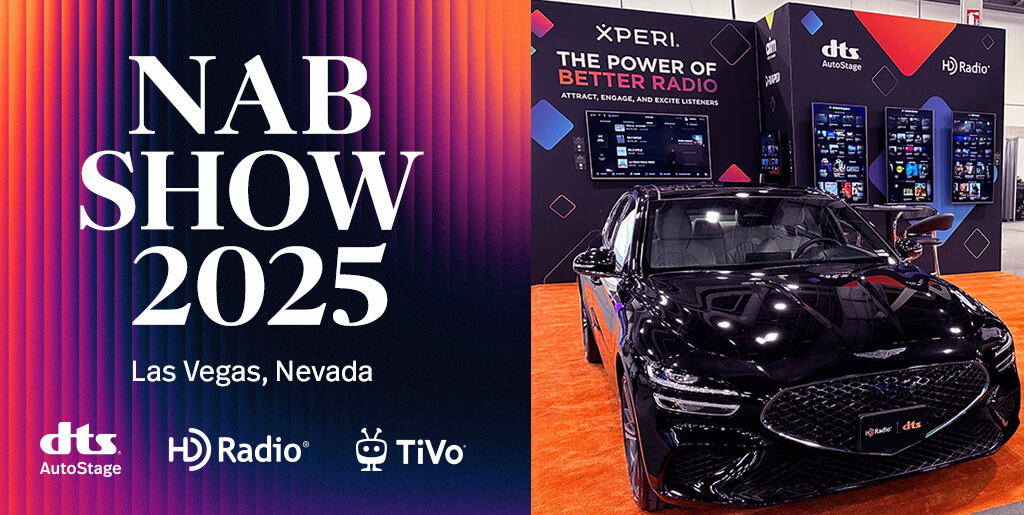The PC was traditionally not much of an everyday device for most people in China. Except for business users and high-end gamers, most people used phones and tablets as their primary device, and having a laptop for personal use was seen as somewhat of a luxury. But this is changing, as the PC usage has evolved somewhat since the beginning of the pandemic, due to so many aspects of life being shifted to entirely online. Work meetings moved online. Classrooms moved online. Content creators and other online occupations moved into a PC environment. The PC exists in the sweet spot between the TV and the mobile phone, and is becoming a vital hub of certain types of online activity, with audio quality being one of the most important considerations.
Obviously, the entertainment use case has specific need for high-quality audio, and that is driving some of this trend. If you look at audio on the PC itself, it faces the same challenges that audio does on tablets and smartphones: there’s a desire for great audio, but a small form factor limits the quality. Even still, while PC sales worldwide are relatively flat, there is an opportunity for audio quality on the PC to improve significantly.
Connecting to Better Audio on the PC
Most PC users in China are using laptops today, because the laptop is smaller and designed for mobility. In order to improve audio quality on a laptop, connecting external speakers is often the first and most straightforward solution. External speakers do bring certain challenges, however: traditionally you either connect via USB or audio cable (which limits your mobility) or you connect via wireless connections like Bluetooth (which can present other challenges like latency and video sync problems).
One of the most compelling ways to overcome the challenges of adding speakers is to use Wi-Fi-based technologies, which aren’t limited in the ways we see with Bluetooth. With a Wi-Fi-based technology like DTS Play-Fi, the PC can become a hub for audio (even high-resolution audio) throughout the home while putting essentially no mobility restrictions on the PC. Providing easy connections to these types of devices is a great opportunity for PC original equipment manufacturers (OEMs) to offer high-quality audio solutions using the PC as a hub.
The Five-Screen Approach
OEMs in China have begun to take a five-screen approach to engaging their customers in entertainment consumption. The five screens (TV, PC, tablet, mobile phone and car) are being thought of as a consumer ecosystem and manufacturers are looking for ways to allow those screens to interconnect and communicate so that content can be shared seamlessly between them. In this sense, audio that you were listening to in your car would move to your mobile phone as soon as you get home, and once you go inside, would move to your designated home audio centerpiece (your TV or PC, for example).
There are a lot of things that need to happen for all of these devices (which are usually made by different companies) to talk to each other in a seamless way, but research is currently being done on how to make this possible.
The Audio Ecosystem: More Than Just Speakers
Instead of the PC being one device that does everything, an ecosystem approach can come into play, where external devices like Wi-Fi speakers — and even high-quality external microphones — connect and improve the complete audio experience of the PC user.
If we look at this from a creativity and productivity perspective, audio quality comes into play here as well, especially on the input side. Maybe you’re on a Zoom call for work, or taking a class online, or narrating a video you produced for your content channel. One of the primary considerations is on the quality of the voice. This trend has spurred PC manufacturers to focus on microphone enhancements and overall clarity, including noise-canceling and voice enhancement technologies.
In the past, the audio options for content creators were lower quality stereo or even mono, but now PC and software manufacturers have been improving methods for content creators to be able to bring multichannel audio into their projects. Being able to layer additional audio tracks, along with doing more advanced signal processing like AI-assisted active noise reduction really helps to make the audio portion of video content clearer and more engaging. This technology also provides immense benefits to other creators like musicians and podcasters, for whom audio is the primary medium.
Twitch streaming and eSports are also becoming very popular in China, a trend that is centered largely on the intersection of video gaming, live audio and live video. For example, think of a Twitch streamer narrating over their gameplay. There are several things happening in this context. There’s a streamed capture of the video gameplay with its high-resolution audio and video, and this is mixed together with the live audio and video commentary stream. Mixing these different tracks together isn’t a particularly difficult challenge, as mixing technology is quite mature and in widespread use. The big challenge comes in capturing high quality live streams and reproducing them faithfully once they are mixed together, so that they look and sound like they are at the same level of quality. The streamers that are able to use high-quality microphones and cameras typically appear much more professional than the ones who don’t.
Personal entertainment and content creation are both trends that center more and more on the PC, and both are increasing in popularity. Both of these trends benefit greatly from high-quality audio. As they become more widespread, the opportunities for further improvements to PC audio become more exciting, even if PC sales aren’t the high-growth area they once were. Microphone and speaker technology is becoming better and less expensive, while audio processing technologies become more prevalent and easier to use. All of this convergence will help usher forward an era of outstanding PC-based audio.
Stay up to date on the latest technology and insights from DTS here.



